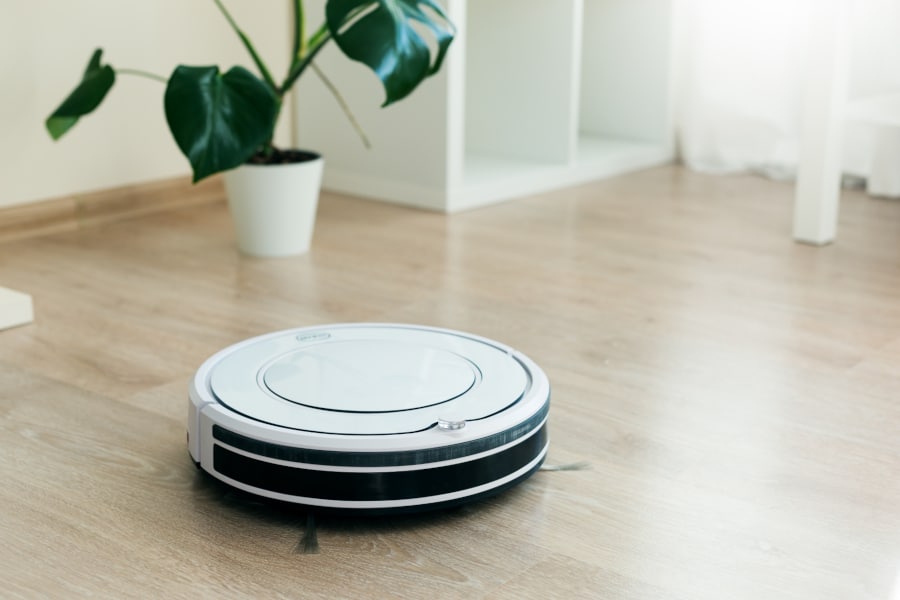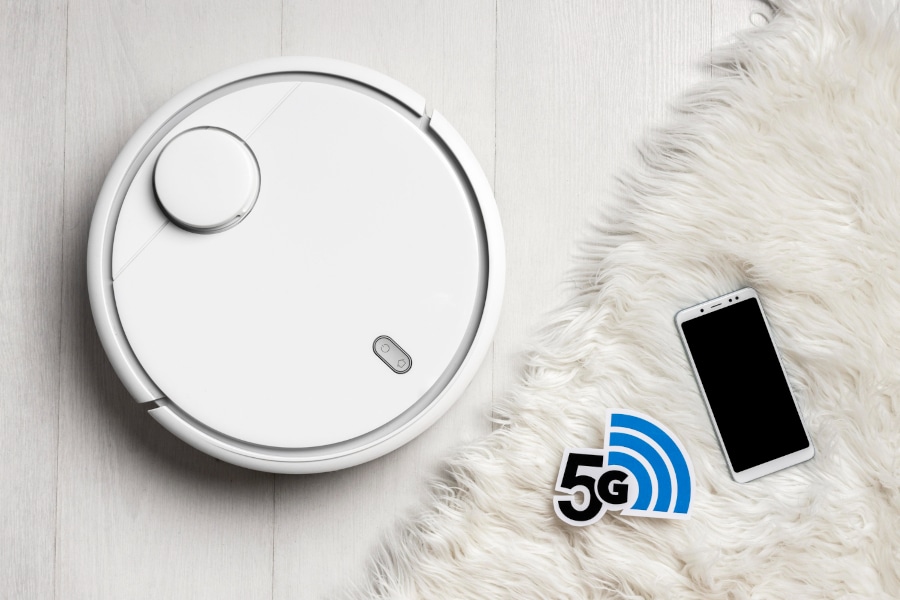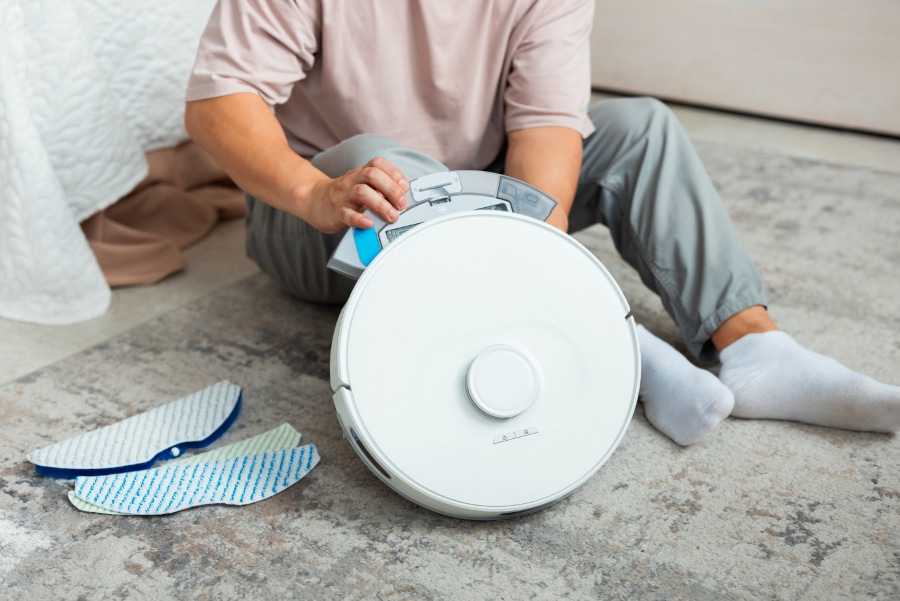Robot vacuums are an incredible home-cleaning choice if you are looking for convenience, comfort, and efficiency. They not only vacuum but also work on different flooring types, tailoring to their needs and eliminating the need for human input.
But have you ever wondered what is the mechanism behind such an intelligent technology that doesn’t let you worry about your cleaning chores? Indeed, the manufacturing is much different from conventional vacuum cleaners. This article provides a complete guide to explain how robot vacuums work.
Contents
Sensors and Navigation
The first and most important factor of a robot vacuum is its navigational technology. That is, how it maps out the room, avoiding obstacles coming in its way, preventing falls, and moving towards the area with a higher concentration of dirt.
When mapping out their environment, robot vacuums use sensors and lidar mapping features, encompassing the following technologies:
1. Infrared Sensors
Infrared sensors are used to measure the distance from the vacuum to the object placed in its way. These sensors emit infrared signals and check the time it takes for the signals to bounce back. The time taken is then used to calculate distance which helps the robot avoid obstacles.
2. Cliff Sensors
The cliff sensor is another essential component that helps the robot vacuum in navigation. Located at the bottom of the sleek device, this sensor prevents the robot sweeper from climbing onto objects and falling from stairs.
3. Drop Sensor
Just like cliff sensors, drop sensors also help the smart vacuum from falling. They detect sudden changes in height such as that of a stair step.
4. Bump Sensor
To help the smart cleaner from bumping into things and harming itself, it is equipped with a bump sensor. As the name suggests, the bump sensor triggers when smart gadgets bump into furniture, walls, or any other object.
5. Wheel Sensors
Wheel sensors play a crucial role in helping a robot vacuum know its precise location. It controls the wheel’s movement and checks the path it is following.
6. Lidar Technology
Lidar or “Light Detection and Ranging” uses a laser beam to measure the distance between the vacuum and obstacles to create a 3D map of the room. Since lidar uses high-resolution data, its precision and calculations are very accurate. It may also be used with other sensors such as a camera and a radar for better perception.
Battery and Charging
Robot vacuums need to be recharged since they contain lithium-ion batteries. Most models have a battery life of up to 60-80 minutes, but it still varies depending on the model type.
While some models have to be put on charging by the user, some advanced models offer a self-charging feature. Once fully charged, the vacuum can return to its cleaning session or wait for the next cleaning command.
Brushes and Suction Power
Brushes and suction power are the key players behind robot vacuum work. Different robot vacuums are equipped with different brushes to tackle different flooring types. These brushes help loosen the dirt and debris that comes in the automatic vacuum cleaner’s way.
Suction power acts after the brushes have done their work. As the brushes loosen the dirt embedded on the floor, the vacuum pulls it into the dustbin. Self-vacuum cleaners may be able to adjust the suction power according to the floor type.
Wireless Connectivity
Many robots offer wireless connectivity that allows users to control and monitor them through an app or by integration with smart home assistants. This lets users enjoy a hands-free cleaning experience and convenience.
When integrated with a mobile app, you can schedule cleaning sessions or make it start or stop with just a touch. Generally, most robot sweeper manufacturers have their apps that get updates with time to make the performance better and fix any bugs. Apps also let you know other things such as cleaning history.
When integrated with smart home assistants, you can command the robot vacuum to start or stop cleaning, clean a particular room, or start mopping the floor. You can also customize commands that may be intuitive for you.
Maintenance
Robot vacuums, just like any other smart device, require to be maintained regularly. You will have to empty its dustbin, clean filters and sensors, and keep a check for tangled brushes. A generally careless behavior may lead to a malfunctioning vacuum.
For example, if the dustbin is full or if the battery isn’t charged enough, the robot vacuum won’t pull the dirt. And, dirty sensors, wheels, or brushes might make the smart vacuum move in circles.
Sporadic maintenance is the key to a well-functioning robot vacuum.
Filtration
Robot vacuums not only pull dirt, debris, and pet hair but also have different filters including a HEPA filter that filters out particles, pollen, and allergens from the air. It collects around 99% of airborne particles, helping reduce allergies and respiratory diseases.



